Those who travel to Japan’s Ōkunoshima — an island on the Inland Sea — report a similar story: walking along a gorgeous cement path, they hear the sound of tiny nails skittering off the pavement. After turning around, they’re swarmed by a multicolored mass of fluff and spot hundreds of tiny wet noses wriggling with delight.

For some, a stroll through acres of rabbits is an ideal night out, a walk with nature you can’t find anywhere else. But don’t be fooled by all the floppy ears and nubby tails: Japan’s so-called Rabbit Island has a darker history than its adorable residents ever let on.
What Lies Beneath
At first glance, Ōkunoshima looks just like any of the other islands that make up Japan’s Seto Inland Sea. Accessible only by ferry, this unassuming strip of rock and tree has become one of the country’s most popular attractions — and not because of its natural beauty.
A Fitting Name
Instead, tourists flock from all over the world for a chance to experience the island’s huge feral rabbit population. In fact, Ōkunoshima is now most often referred to by its nickname Usagi Shima, literally “Rabbit Island.”
That’s A Lot Of Fluff
More than 1,000 of these furry little creatures call Ōkunoshima home, and with no natural predators, their numbers only continue to grow each year. Many locals have come to associate the island with fertility, though tourists seem to hold a far different perspective.
Not Your Ordinary Rabbits
Ōkunoshima has become the premier destination for those looking to get up close and personal with these cuddly creatures. Years of contact have rendered the rabbits docile and unafraid of humans, with many even coming right up to visitors for a quick sniff.
An Adorable Sensation
Unsurprisingly, this unique behavior has produced plenty of viral content that’s only served to attract more tourists to its shores. But while an island filled with cute, friendly rabbits may seem innocent as can be, the history of Ōkunoshima is anything but.

Before The Bunnies
Before it was a world-famous tourist destination, Ōkunoshima served as a cultivation site for mainland Japan for centuries. It wasn’t until 1904, during the outbreak of the Russo-Japanese War, that the island began to take the shape of something more than just farmland.
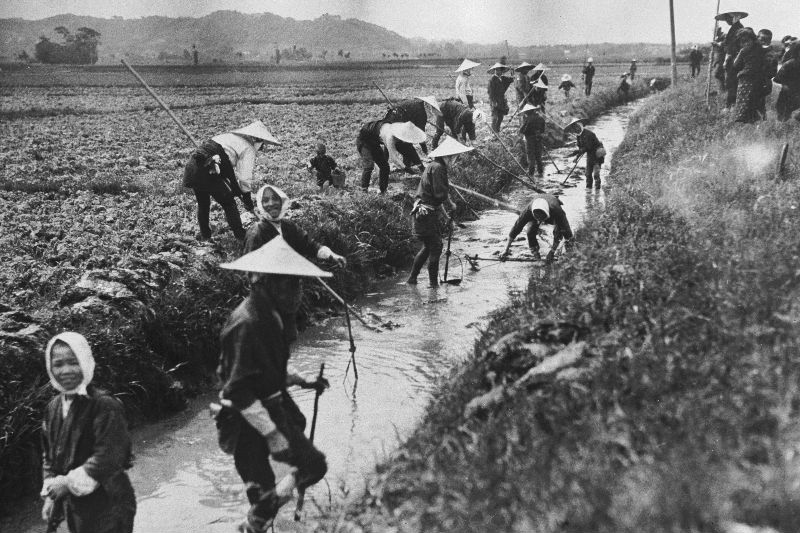
Showing Promise
Ten forts were constructed to protect the island, though following the war’s swift end in 1905, the structures fell out of use. Still, Ōkunoshima had proven capable of supporting military installments — and keeping secrets as well.
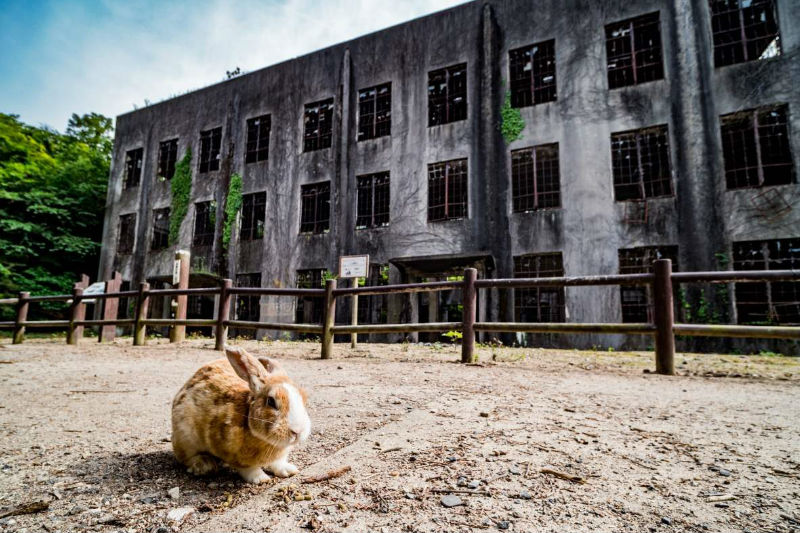
Secrets, Secrets Are No Fun
With the island’s population at less than 20, the Japanese government knew they could do as they pleased on the island without fear of prying eyes. That’s why in 1925, the Imperial Japanese Army arrived on Ōkunoshima with sinister intentions.

A Deadly Plan
After receiving intel that the powers of Europe and the United States were doing the same, the army initiated a secret program to begin developing chemical weapons for Japan — not exactly rabbit-friendly behavior.

Here Today, Gone Tomorrow
The construction of the weapons factory on the island was highly classified, and most of those that were employed here were never told what they were making. The Japanese government even went as far as completely erasing Ōkunoshima from their maps.
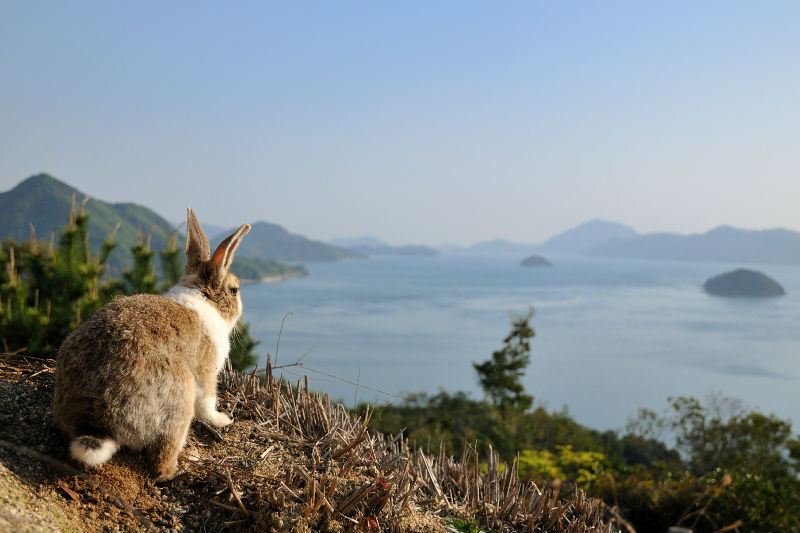
Chemical Conquerors
For more than a decade, the facility at Ōkunoshima produced over six kilotons of mustard gas and tear gas for use by the Imperial Japanese Army. These chemicals were primarily used during the Second Sino-Japanese War between 1937 and 1945, resulting in more than 80,000 deaths.

War No More
Following Japan’s surrender at the end of World War II, all documents pertaining to the project were destroyed, and American troops ultimately disposed of the remaining chemicals through dumping, burning, and burying. Yet what does any of this have to do with an island full of rabbits?

Starting Fresh
Well, during the height of chemical production, rabbits were shipped to Ōkunoshima for use as test subjects. After the factory shut down, the workers wound up releasing the animals into the wild — or, at least, that’s what many first believed.
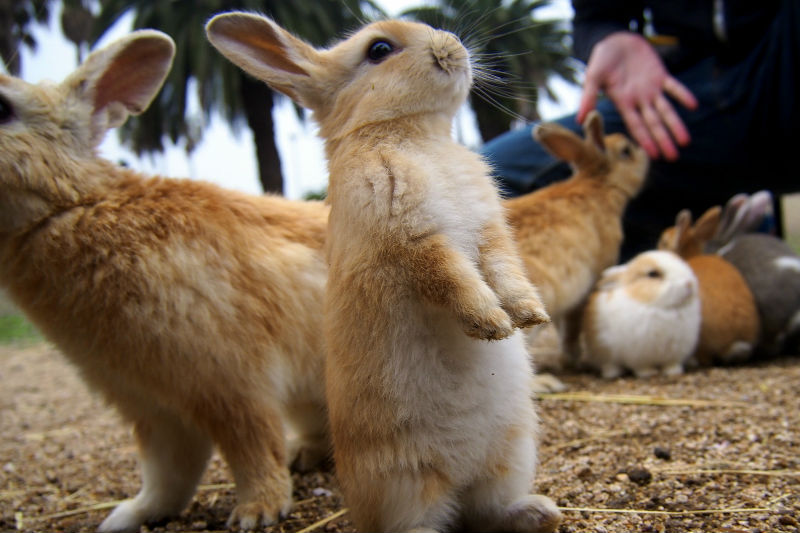
Or, Maybe Not
As it turns out, the remaining rabbits were actually killed by American troops when they arrived on Ōkunoshima. So, how did this enormous colony of fluffballs really get here?
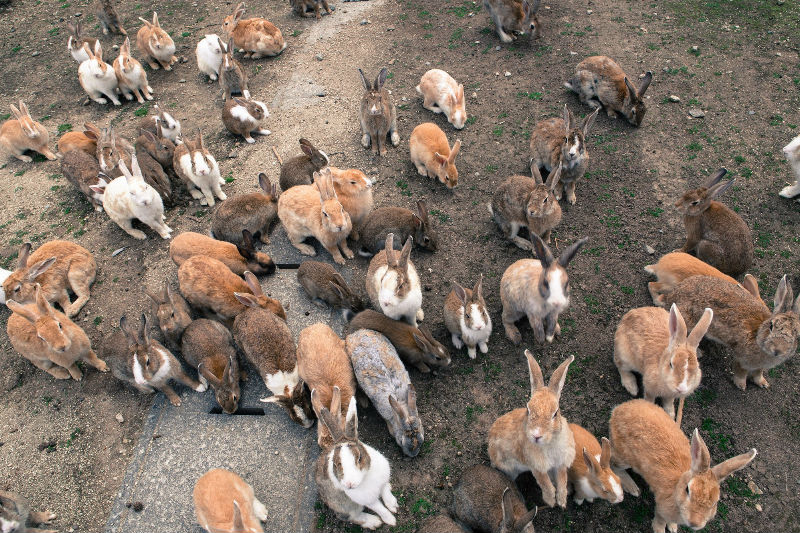
The First Of Many
Believe it or not, the island’s rabbits are actually descendants of a group of eight that were released on the island back in the ’70s during early efforts to transform Ōkunoshima into a park. Since then, these rabbits have only continued to multiply and thrive — though they may not for much longer.
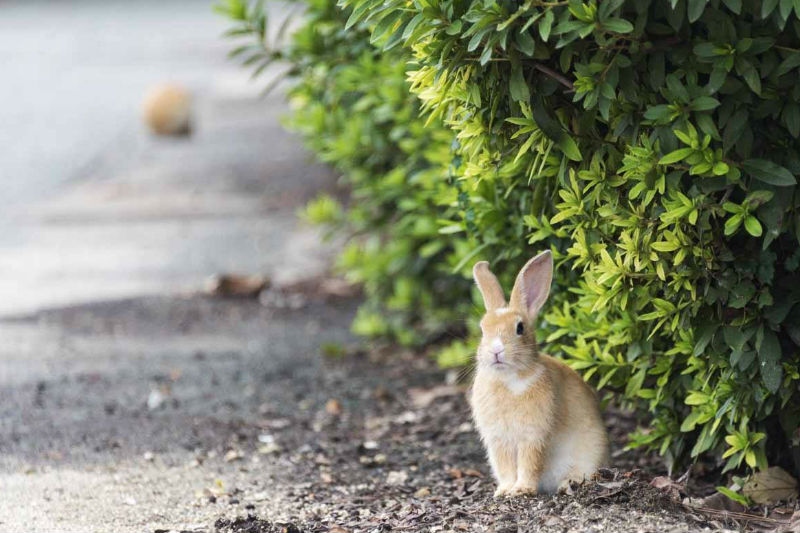
Unintended Consequences
The increasing popularity of Ōkunoshima has resulted in a population boom as tourists continue feeding the rabbits uninhibited. This wouldn’t be a problem if visits to the island were constant, though, unfortunately, tourism doesn’t work that way.

Not Enough To Go Around
During the offseason, human-supplied feed becomes a rarity, leaving the 1,000-strong population to turn to the island itself for food. As the number of rabbits continues growing unchecked, it’s only a matter of time before Ōkunoshima’s vegetation is completely wiped out.
More Harm Than Good
And even when tourists are around, they’re not exactly feeding these rabbits the healthiest diets. Many visitors will sneak nutrition-less and even harmful foods to these animals, resulting in the average rabbit lifespan falling to just two years.
Better Off Without Us
“Of the 728 rabbits that we counted on the island, 28 percent had visible injuries or illnesses,” reported Animals and Society Institute program director Margo DeMello, who saw this percentage jump to 50 in the areas of the island closest to humans.
Far From Paradise
Conservationists are now working to limit the impact of tourists on the Ōkunoshima, a mission they’ve already had experience carrying out on another uninhabited island off the coast of Brazil. Unfortunately, the lush treetops here are concealing something far deadlier than a few hundred bunnies.
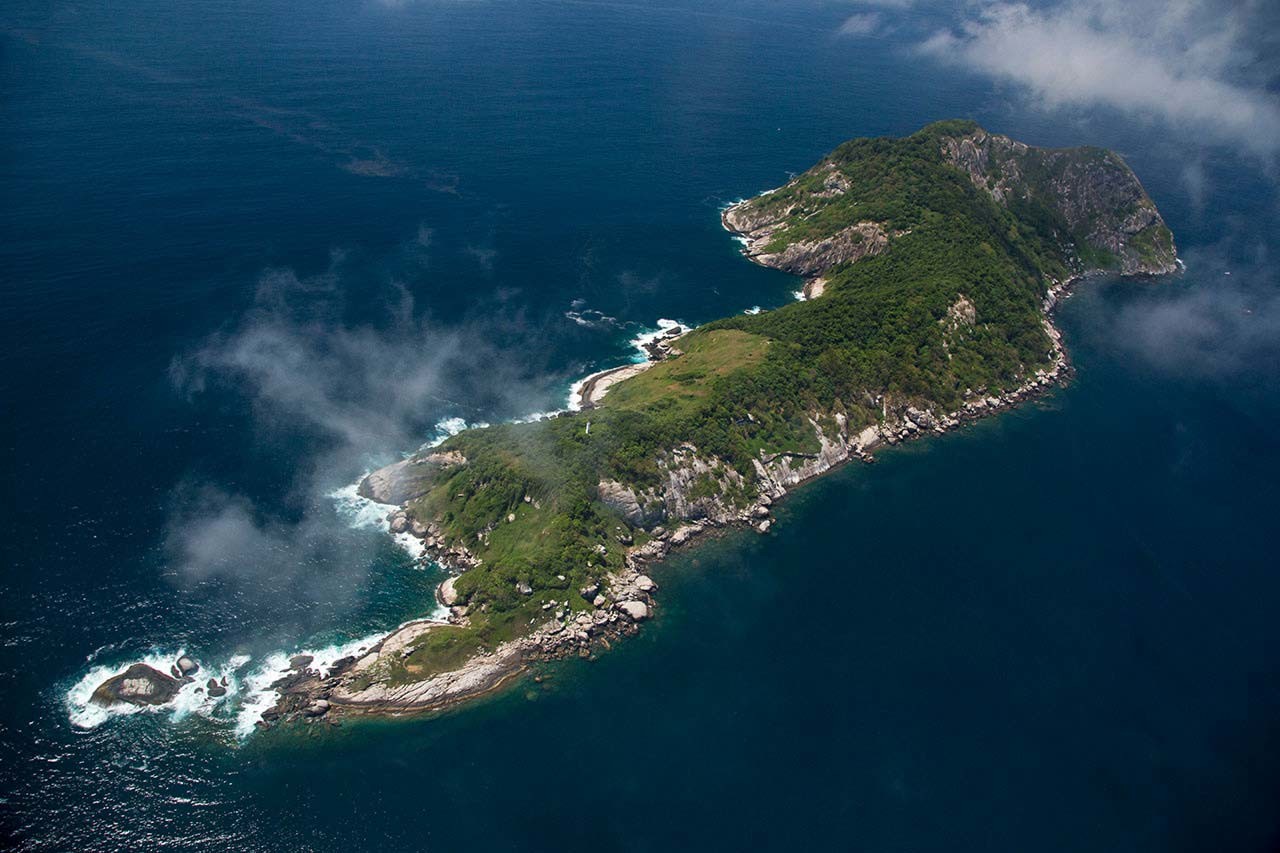
From a distance, however, Ilha da Queimada Grande looks like the perfect place to get away. Its rainforest-dense shores give way to smooth, sandy beaches below, and the average temperature in the summer rarely tops 80 degrees.
Unfortunately, the island isn’t a vacation spot — in fact, no one is allowed to visit it at all. That’s because this seemingly idyllic paradise is actually home to one of the most dangerous predators on Earth.
Honest to Paws / Balkantimes.press
Napomena o autorskim pravima: Dozvoljeno preuzimanje sadržaja isključivo uz navođenje linka prema stranici našeg portala sa koje je sadržaj preuzet. Stavovi izraženi u ovom tekstu autorovi su i ne odražavaju nužno uredničku politiku The Balkantimes Press.
Copyright Notice: It is allowed to download the content only by providing a link to the page of our portal from which the content was downloaded. The views expressed in this text are those of the authors and do not necessarily reflect the editorial policies of The Balkantimes Press.

